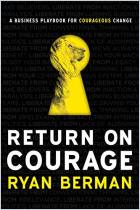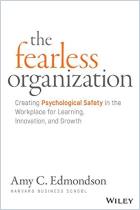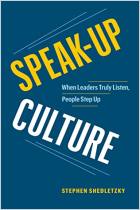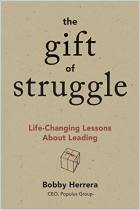Organizations need new ideas – whether large-scale innovations or small improvements. Worthwhile leaders ask their workers to contribute. Too often these requests produce nothing, because workers don’t believe their bosses and because bosses punished workers for speaking up in the past. Consultants David Dye and Karin Hurt offer a solution: a courageous culture in which people speak up and know their leaders hear and value their ideas. The authors offer methodical explanations, multiple examples and useful exercises that firms can use to elevate openness and creativity and to empower their employees.
Your organization needs a courageous culture.
A disconnect runs through many industries: workers have ideas, but think their company doesn’t want to hear them. Leaders want new ideas, and believe they send that message – but employees don’t believe leaders will listen.
This disconnect cripples innovation and makes it harder for a company to deliver results. People stay silent because silence feels safer. Silence means errors get made – and even hidden. Weak ideas get sent through the system because nobody objects. The result is frustration and failure. But there is another way: establish a courageous culture.
In a courageous culture, everyone strives to improve the business. Leaders ask what’s wrong and listen when people tell them. Small innovators, problem solvers and customer advocates comprise courageous cultures. Microinnovators seek small ways to improve. Problem solvers fix things that aren’t working. Customer advocates speak up for customers, because they see the customers’ views.
Artificial intelligence (AI), and the gig economy make a courageous culture essential. Increasingly, any task that AI can ...




















Comment on this summary or Démarrer une discussion